Descriptions
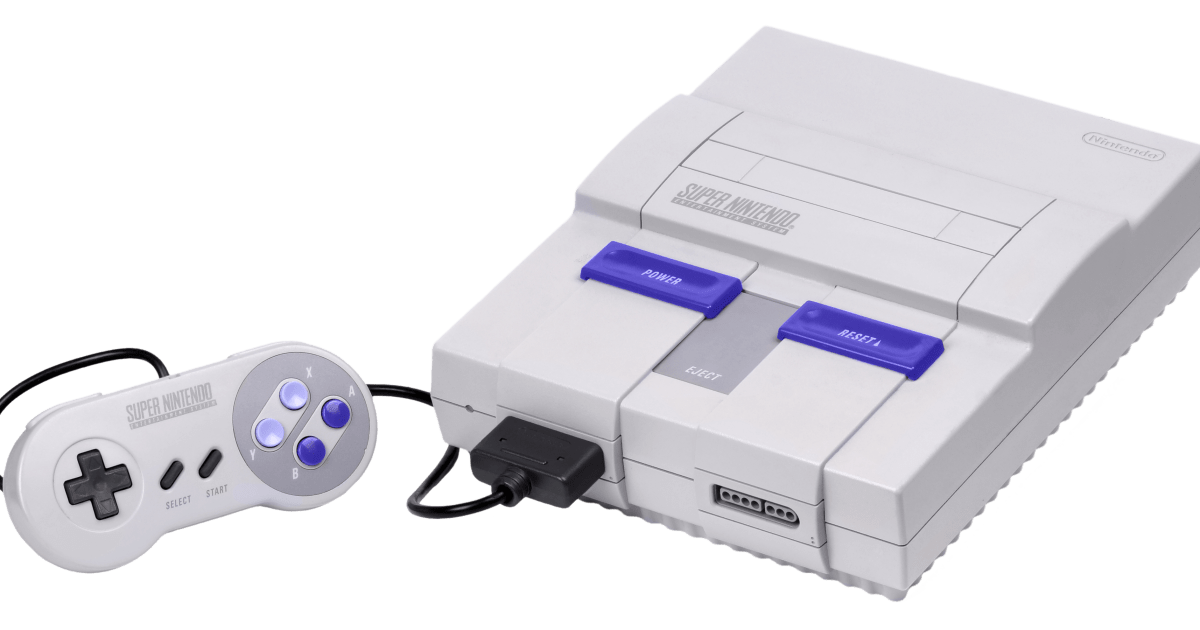
Oddly enough, despite being so fondly remembered and often lauded as the best in the series, none of the sequels have attempted to duplicate the same gameplay style as Super Star.
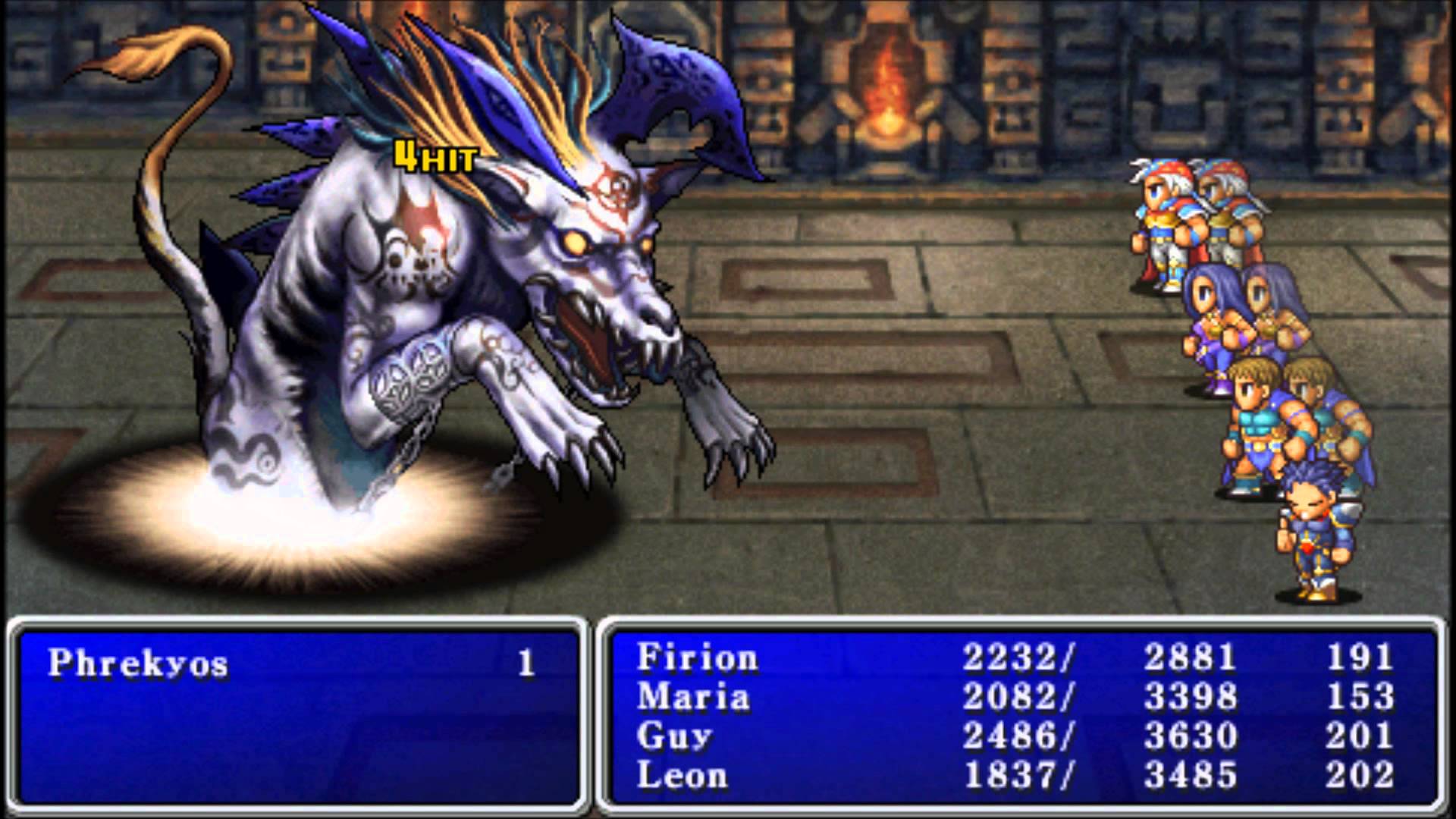
10. Final Fantasy II
1991 | Square
We now call it Final Fantasy IV, but originally it went by a different name because the second and third games weren’t released in the U.S. until years later. Without experiencing those games, Final Fantasy II was light years ahead of the original, featuring the debut of the Active Time Battle system that defined the series for more than a decade, as well as the first real cinematic storytelling in the series.
While Final Fantasy II on the SNES has aged just fine, later ports that improved the sound and graphics, and most importantly, cleaned up the translation, are really the best way to experience this gem.
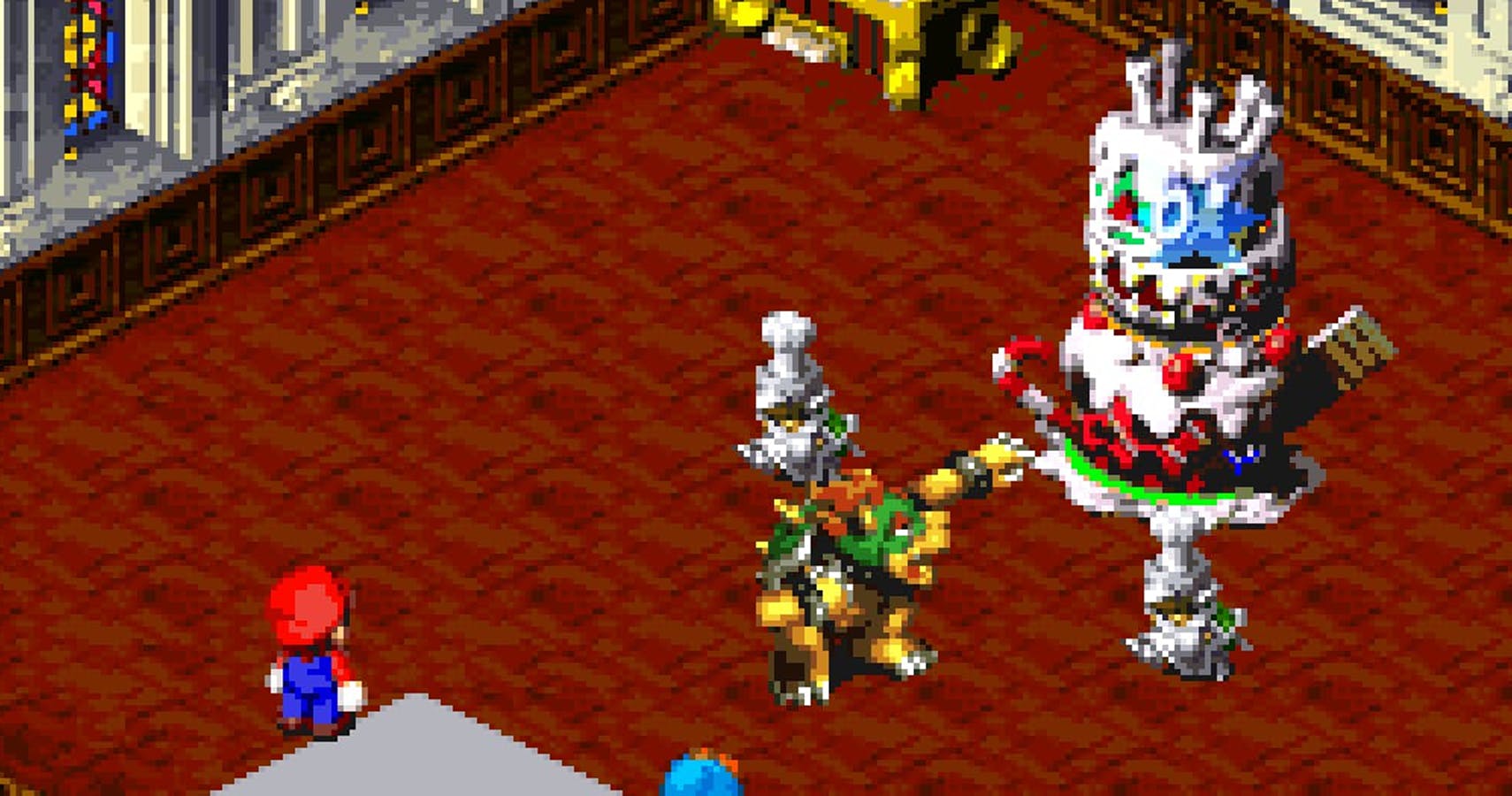
9. Super Mario RPG
1996 | Square
Square was pumping out classic RPGs at such a ridiculous rate in the ‘90s that even Nintendo jumped at the chance to work with the company. The two companies expedited the process, with development only lasting a little over a year, but somehow in that time, Square came up with one of the funniest and best-looking games on the SNES. Super Mario RPG stands out as one of the finest RPGs and Mario games of all time.
Despite its pedigree and strong reception, Square and Nintendo have never worked together on another Mario RPG. The Paper Mario and Mario & Luigi series games that eventually sprung out of the collaboration have all been developed by Nintendo and its close affiliates without any involvement from Square.
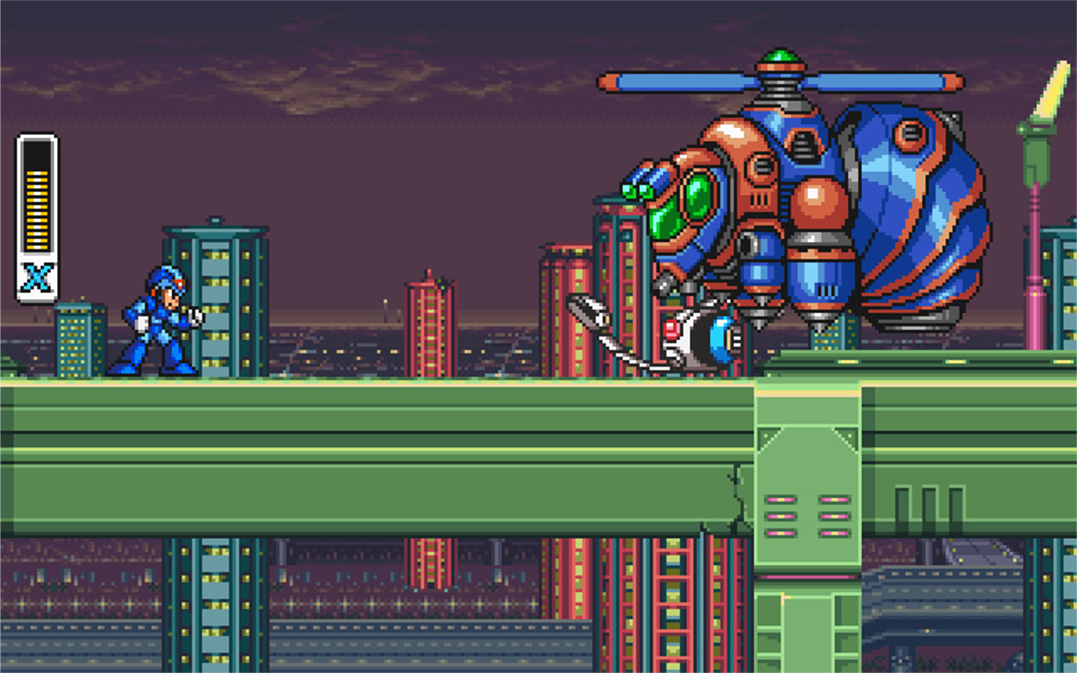
8. Mega Man X
1993 | Capcom
With a whopping six games released on the NES, the original Mega Man series was getting a bit stale by the early ‘90s. Mega Man X injected new life into the series with a more mature protagonist and faster gameplay that allowed him to dash and climb. Still, the basic combat and ability to choose which robot master to face next ensured that Mega Man X didn’t stray too far from its roots.
A ridiculous number of sequels have followed in the X series (and multiple other Mega Man subseries), and while X2 and X3 on the SNES are also fine games, there’s a very good argument to be made that Capcom still hasn’t surpassed the original Mega Man X as the best game in the entire franchise.
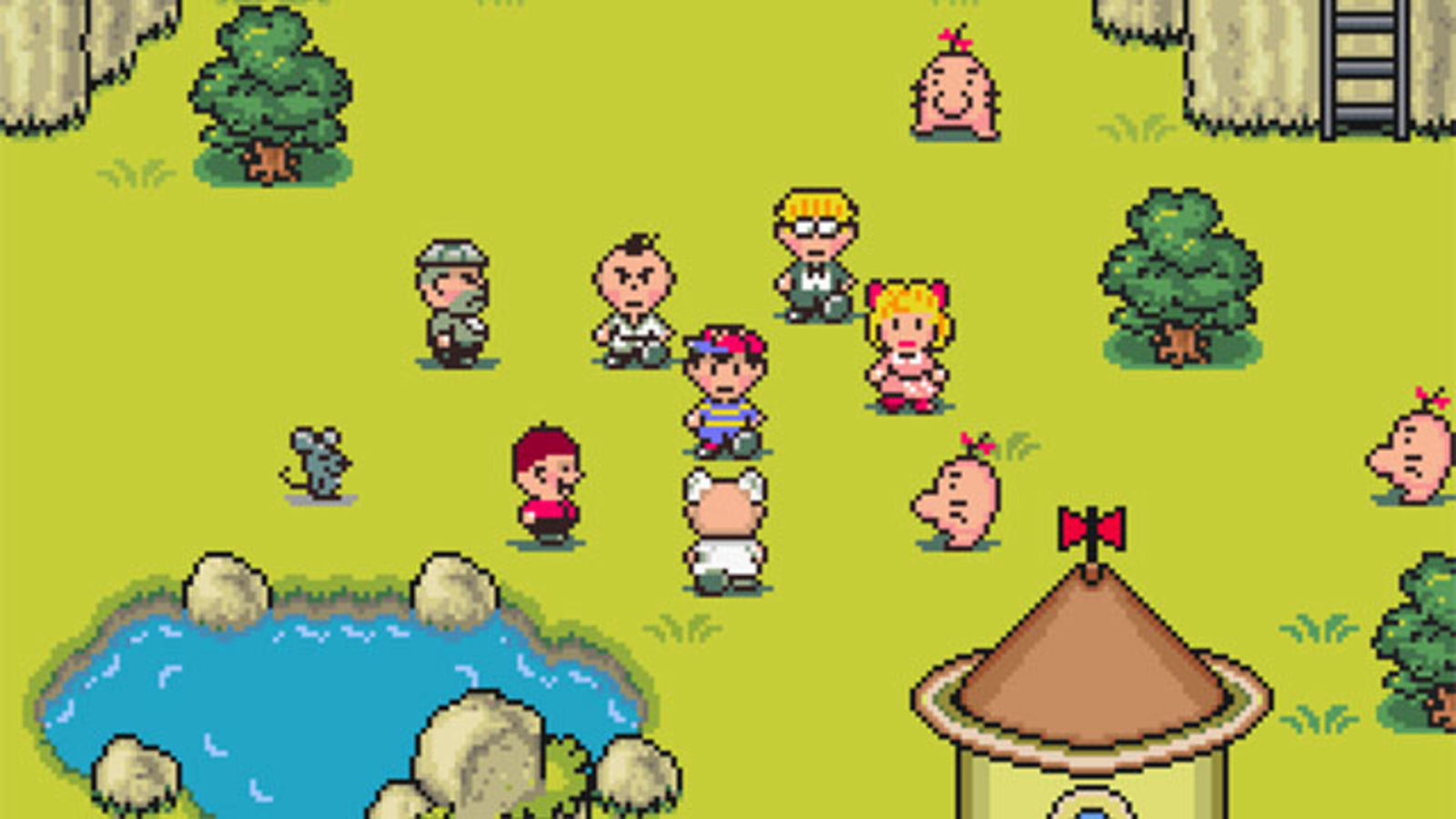
7. EarthBound
1995 | Nintendo
Released at a time when console RPGs meant questing through a medieval fantasy world, most gamers just weren’t ready for EarthBound in the ‘90s. Unusually funny, clever, surreal, and self-referential, Ness’ sci-fi-tinged story is both about saving the world and exploring western culture from an outsider’s perspective — something that’s still rarely seen in video games.
While the game sold abysmally in the States upon release, then became a sought-after collector’s item, it’s now finally easy to experience this classic, thanks to the Wii U, New 3DS, and SNES Classic. Maybe one day Nintendo will finally cave and give us some version of the still Japan-only sequel, Mother 3.
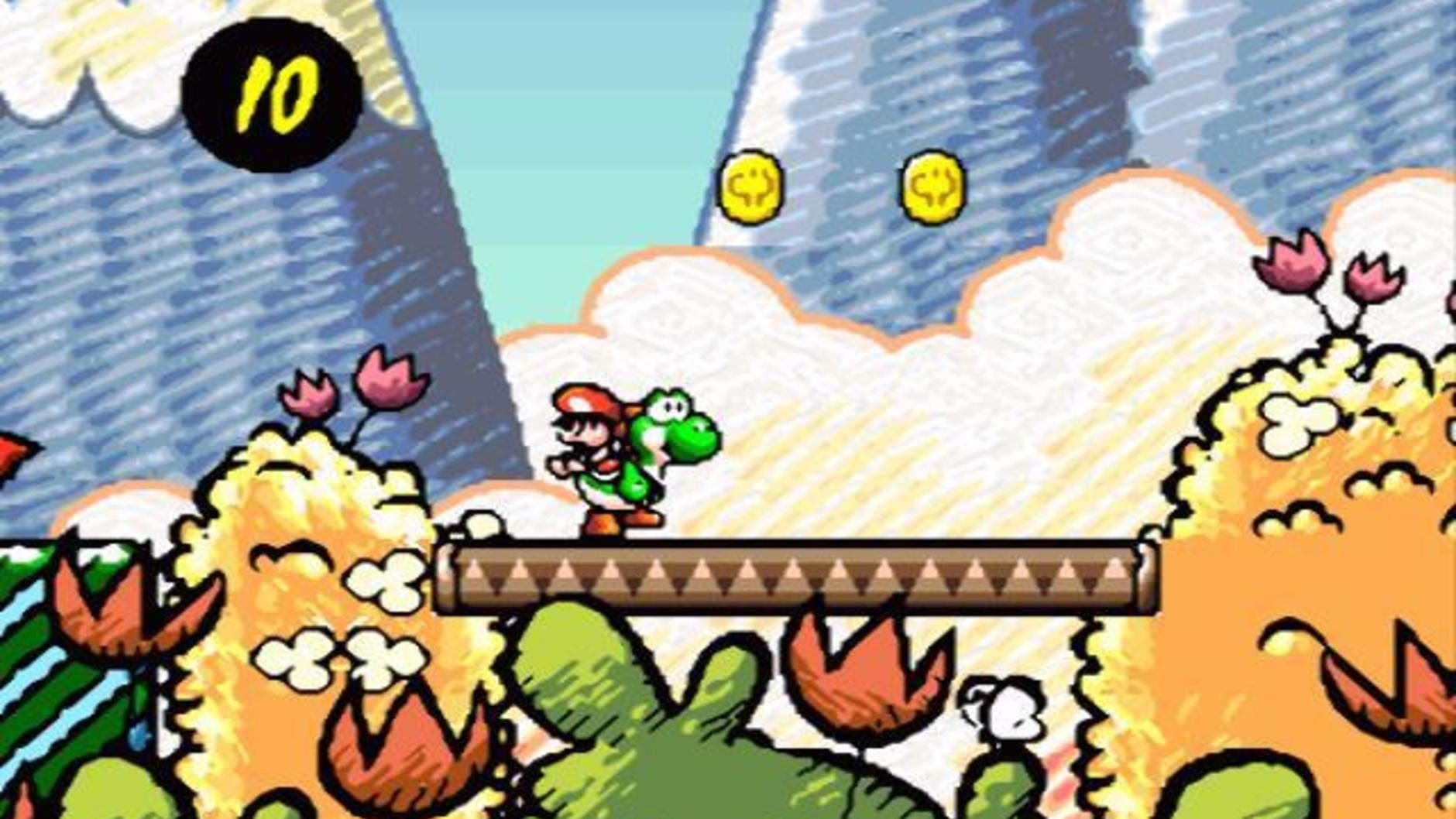
6. Super Mario World 2: Yoshi’s Island
1995 | Nintendo
Yoshi’s Island is an excellent example of how Nintendo prefers to only make sequels when it has fresh ideas to justify them. A sequel to Super Mario World that just featured the same gameplay in new worlds would have sold millions, but Nintendo decided to put in the extra work to craft a game centered on Mario’s dinosaur pal, Yoshi, with more puzzles and a focus on Yoshi’s ability to swallow items and spit them out. The new hand-drawn graphics also separated it from Super Mario World (and the rest of the SNES catalog). In fact, Yoshi’s Island may very well be the best looking game on the SNES.
While developed and marketed as a sequel to Super Mario World, Yoshi’s Island went on to spawn its own series of platformers featuring the beloved dinosaurs, although none are as well regarded as the original.
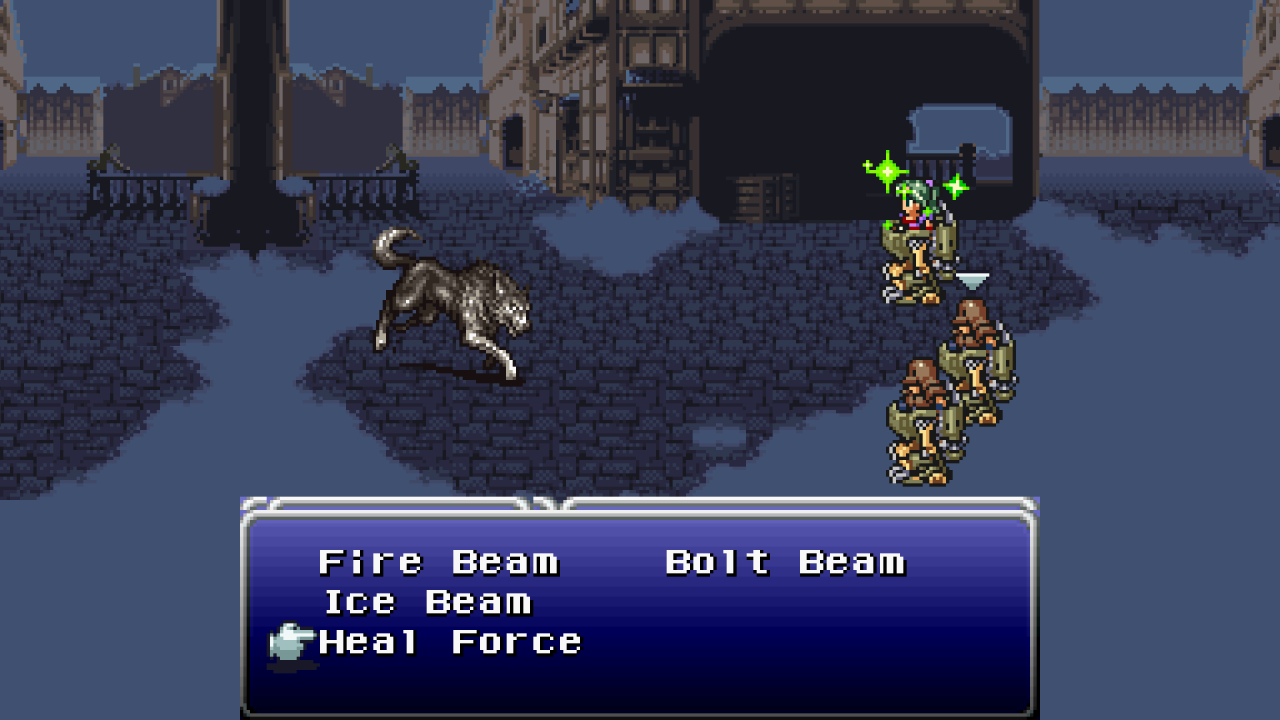
5. Final Fantasy III
1994 | Square
It’s not much of a stretch to say that Final Fantasy III (or VI as it’s called now) forever changed RPGs. The setting, a steampunk world inspired by the late 19th century, showed gamers that great RPGs didn’t have to be set in the usual high fantasy worlds. The story, which sees the bad guy achieve his goal, played with fan expectations of the genre and changed Final Fantasy games going forward. What’s really amazing about the story is how its tale is told, though. Even with 16-bit sprites, the game feels more cinematic than a lot of modern releases full of lengthy videos.
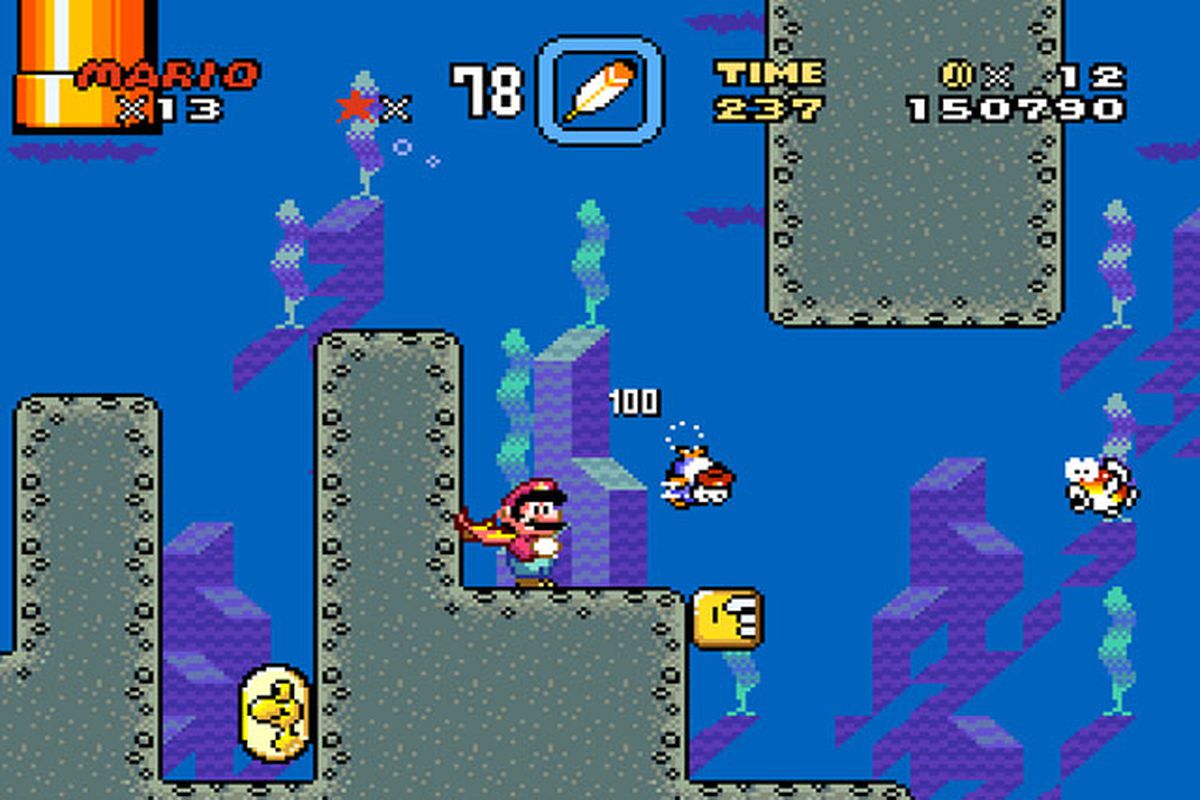
4. Super Mario World
1991 | Nintendo
Back in the ’80s and ’90s, the debut of each new Mario game was meant to completely change our perceptions of video games. We had all played the NES Super Mario Bros. games at this point, and as beloved as they were, nothing could prepare us for World’s massive interconnected map and its numerous secrets. While the cape power-up wasn’t as revolutionary as Mario’s raccoon costume, the addition of Yoshi created tons of new strategies for playing a Mario game. And it can’t be overstated how mind-blowing the graphics and sound were compared to anything on the NES.
There’s a very good argument to be made that Nintendo still hasn’t made a better Mario game since Super Mario World. Even the better graphics and four-player co-op of the New Super Mario Bros. games haven’t topped this legendary platformer.
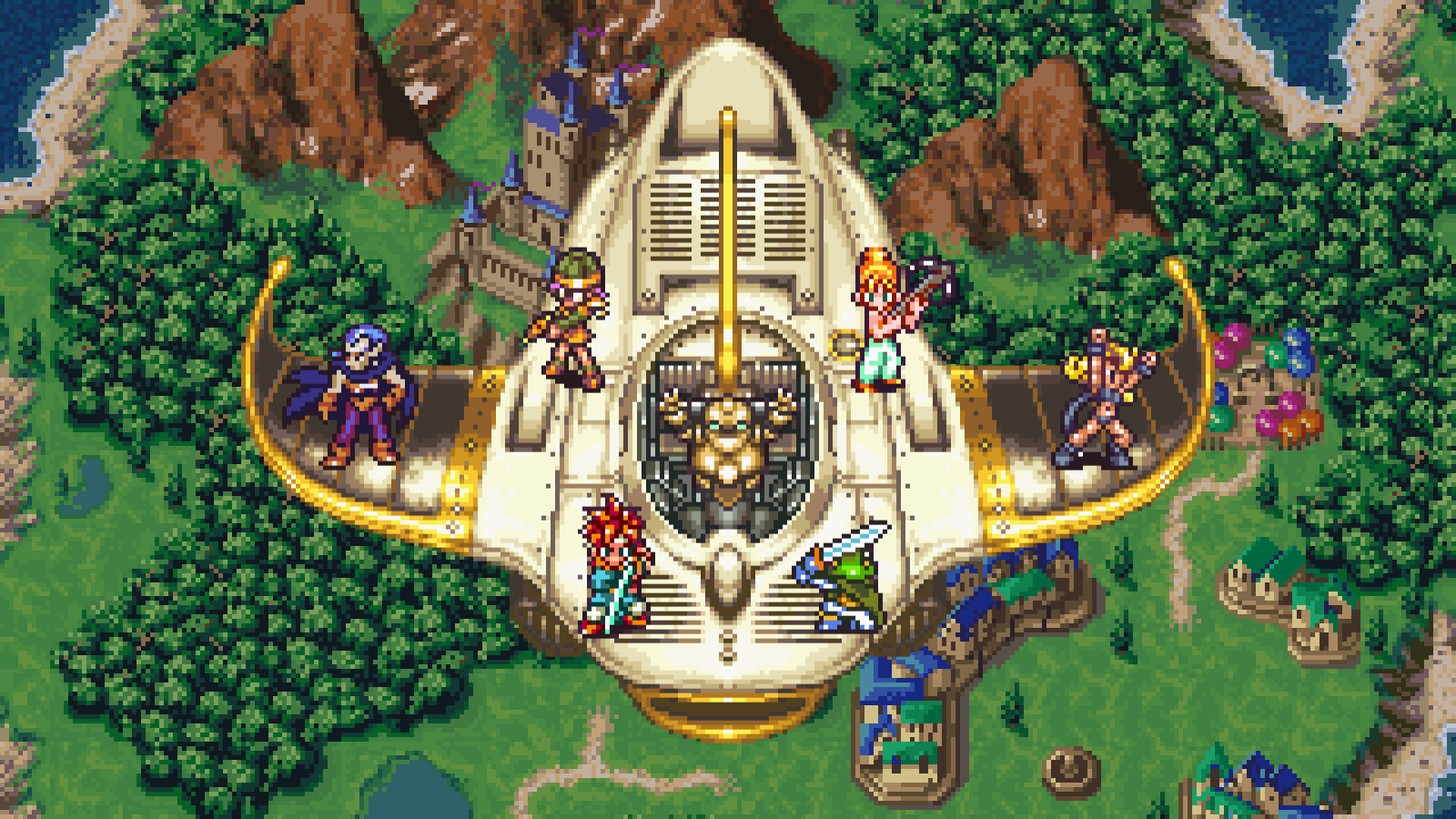
3. Chrono Trigger
1995 | Square
Square had no trouble pumping out the hits in the ‘90s, but all those games were just appetizers for what stands up as the greatest RPG of the 16-bit generation. Chrono Trigger features seven different time periods to explore, more than a dozen endings, and a deep combat system focused on combining the attacks of your characters.
All of these features have shown up in games since, but none have managed to execute them quite as well, and none look as good as Chrono Trigger‘s Akira Toriyama-designed world. Square went on to make many beloved RPGs on the PlayStation, but looking back, its swansong on the SNES may very well be where the developer peaked.
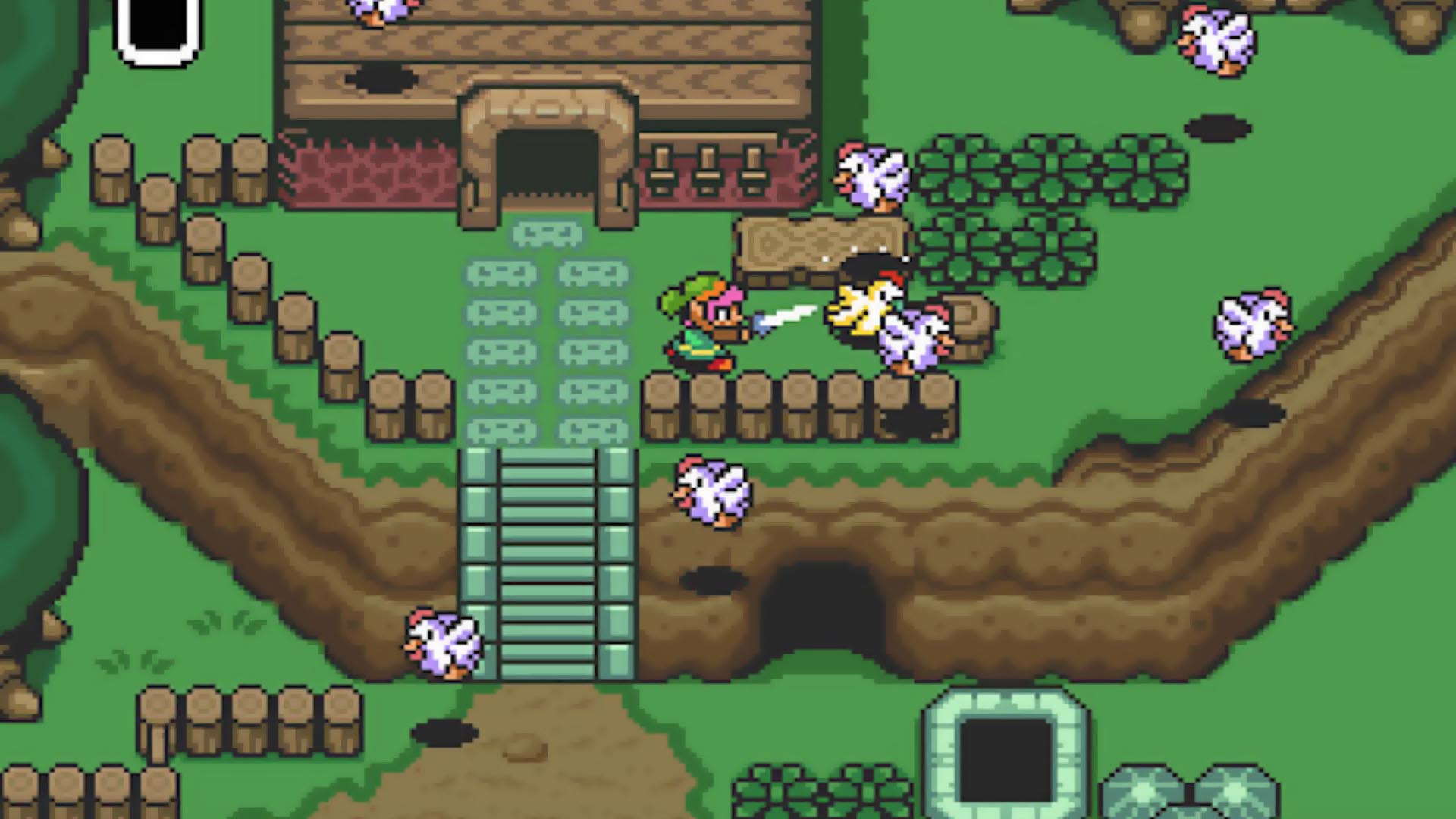
2. The Legend of Zelda: A Link to the Past
The first Legend of Zelda game on the NES was heralded as an instant classic, so of course, Nintendo followed it up with a bizarre 2D platformer that confuses fans to this day. Thankfully, the third game in the series, which arrived on the SNES, went back to the top-down view and dungeon crawling that we all know and love.
A Link to the Past’s overworld is engrossing enough on its own, but what has really made the game so beloved is its second Dark World map, which you use to solve many of the game’s puzzles. Even though Zelda games have grown much larger in scope since A Link to the Past, it’s still easy to get lost in its world for dozens of hours.
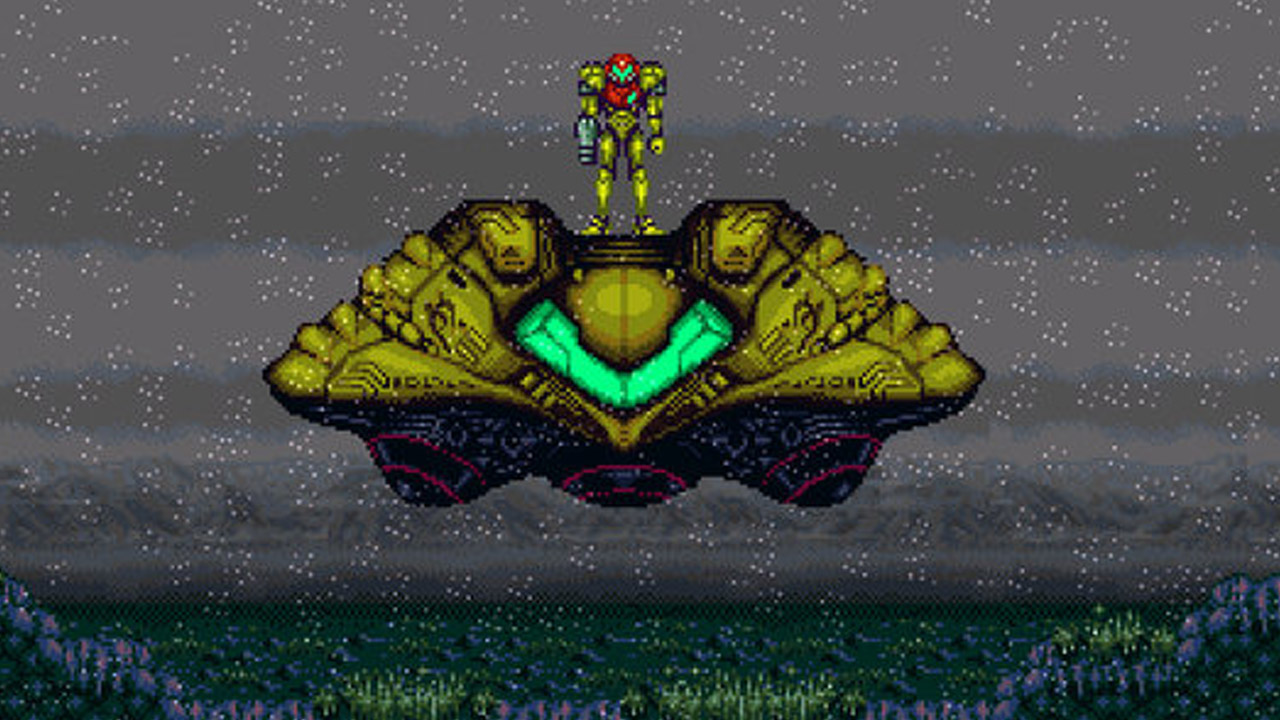
1. Super Metroid
1994 | Nintendo
Super Metroid is nearly perfect. The atmosphere, influenced by sci-fi movies like Aliens and expertly enhanced by its foreboding soundtrack, was unmatched for its time. The graphics and character designs are still among the best in gaming, and Samus’s journey through the planet Zebes to find ever more power-ups is expertly paced — an example that would influence many Metroidvania games that came after.
Though the series has seen its ups and downs, Super Metroid remains a game that can be unequivocally recommended to all types of gamers, and such an incredible achievement in the medium that playing through it should be a requirement for every aspiring developer.
Add a review